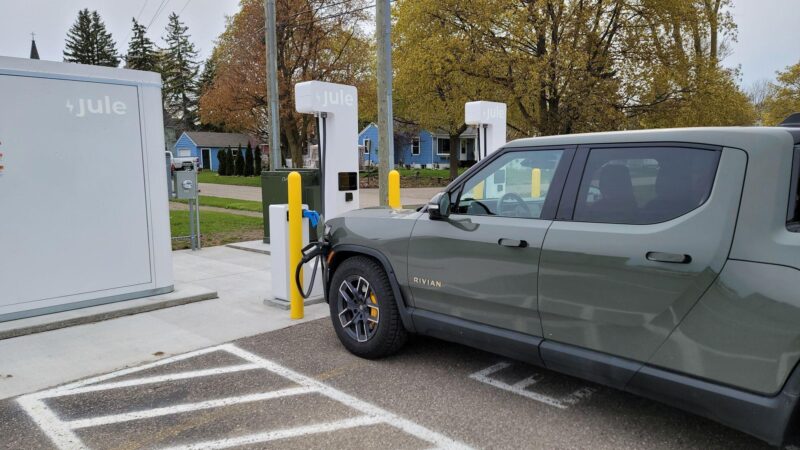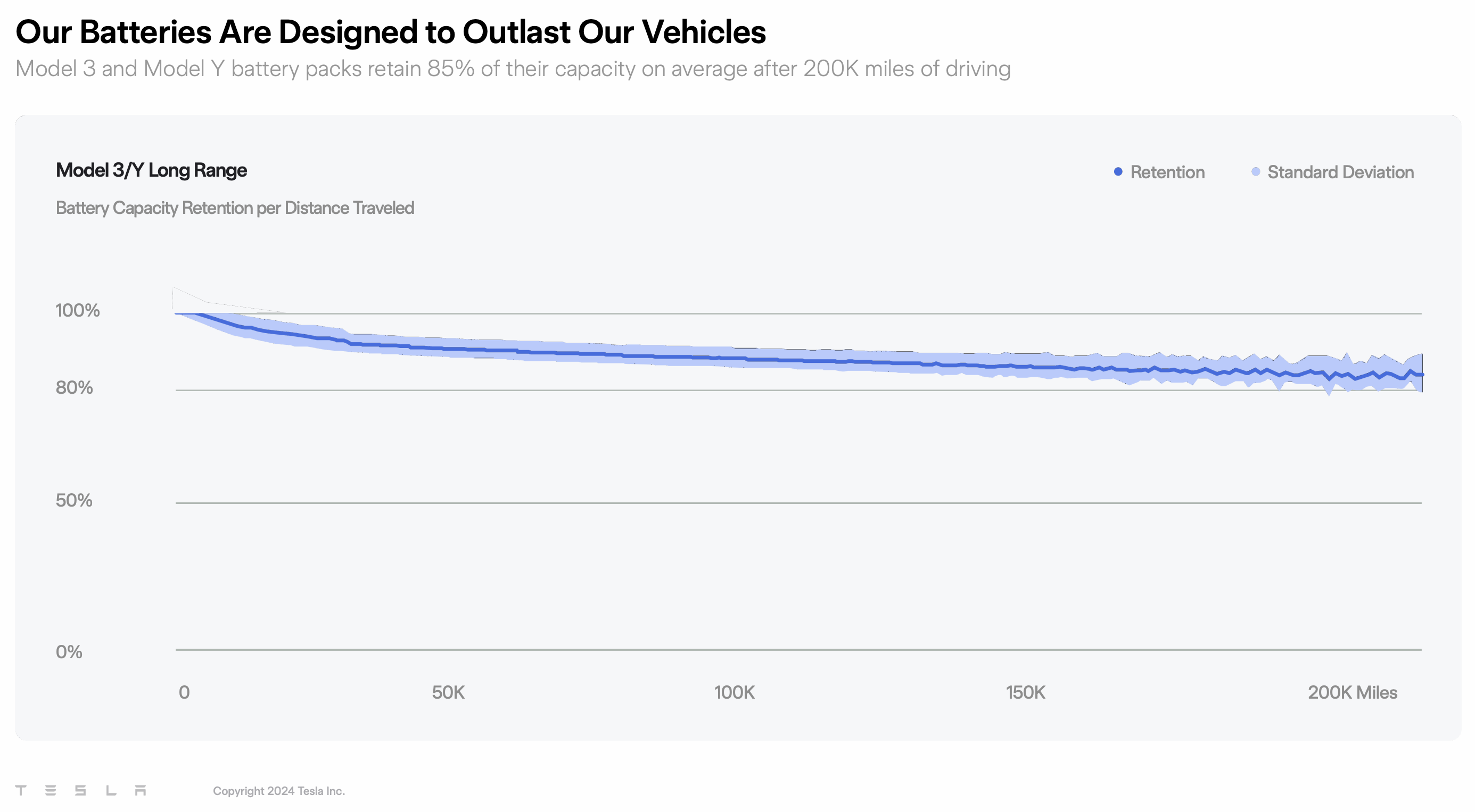
As the electric vehicle revolution moves forward, automobile dealers will want to install EV chargers at their facilities for several reasons. First, they will need them to charge electric cars before they are delivered to customers. Second, their customers will want to know they can charge their electric cars at the dealership after they take delivery. Third, having EV chargers on site sends a message to new customers that the dealership is fully committed to electric vehicles, welcomes their business, and is making EV chargers available to its customers.
Jule, a North American EV charger manufacturer, offers auto dealers a way to lower their total cost of ownership for the EV chargers they install. Quite simply, the Jule EV charging systems include an on site storage battery that minimizes utility upgrade costs and helps avoid the demand charges that many utility companies impose on their commercial customers.
The Anatomy Of Your Utility Bill
Most people assume the true cost of an EV charger is what you pay for the equipment and installation. After the chargers are in place, you simply pay the utility bill, whatever it may be. In fact, for most commercial entities like a car dealership, that bill is a combination of three items:
- Baseline charges – otherwise known as connection fees. These go to pay for the grid infrastructure – poles, wires, substations, and such.
- Usage charges – payment for the electricity actually used. In many cases, electricity used when demand on the grid is high costs more than it does when demand is low.
- Demand charges – payments utility companies add to compensate them for making their system capable of supplying large amounts of electricity on demand whenever it is required.
Understanding Demand Charges
When a Ford F-150 Lighting pulls up to the charger at a dealership, the driver expects there to be 100 kW or more of electricity available to recharge the battery for 30 minutes. If that electricity comes directly from the grid, the utility company has to make sure that amount of power is available all day every day and it adds a demand charge to pay for that ability.
A Jule charging system can avoid demand charges because when a customer plugs in to charge, the electricity comes from the battery, not from the grid. The battery gets its power from the grid during the course of an entire day, not in one 30 minute burst.
Here’s what many dealerships miss when considering the installation of an EV charger at their facility. Demand charges can increase utility bills by as much as 50 percent every month, which can double the amount of money it pays for electricity.

Image courtesy Jule
The storage battery that is part of Jule charging systems means costly utility company upgrades of the electrical supply to the dealership can be avoided. Also, because the storage battery can be replenished when demand and rates are at their lowest, dealerships can save hundreds of thousands of dollars over the service life of the charging equipment.
Lower Installation Costs
Because other charging systems need the ability to draw massive amounts of electricity from the grid at a moment’s notice, the electrical supply to meet those needs has to be much more robust, which adds significant costs to the installation process. If the utility company needs to upgrade its wires and transformers to handle the additional load, it will pass those costs along to the dealership as well.
A Jule charging system draws power from the grid in a smooth, continuous flow spread out over time. That means installation costs are lower and the need for utility upgrades may be eliminated – two ways that a Jule charging system can save a dealership money up front.
If you own an automobile dealership, your customers expect you to offer them EV chargers that are fast and reliable. By choosing the Jule charging system, you will dramatically reduce your total cost of ownership while always meeting the needs and expectations of your customers.
NACS Charging Coming Soon
In North America, most automakers will equip their electric cars with charging receptacles that conform to the NACS charging standard by 2025. Jule chargers are fully compatible with NACS standard and are being used regularly to charge a Tesla Model Y at their facility..
If everything goes as planned, the company expects chargers that are compatible with the NACS standard in its catalog and ready to ship in 2024.
This article is supported by Jule.
I don’t like paywalls. You don’t like paywalls. Who likes paywalls? Here at CleanTechnica, we implemented a limited paywall for a while, but it always felt wrong — and it was always tough to decide what we should put behind there. In theory, your most exclusive and best content goes behind a paywall. But then fewer people read it! We just don’t like paywalls, and so we’ve decided to ditch ours. Unfortunately, the media business is still a tough, cut-throat business with tiny margins. It’s a never-ending Olympic challenge to stay above water or even perhaps — gasp — grow. So …





